As we’ve noted in the past, about 70 percent of digital transformation efforts fail. But digital transformation itself isn’t going anywhere: it’s the only way that organizations can adapt to the current moment and position themselves for future success. So, researchers have been investigating the root causes of failure and have identified five:
- The CEO doesn’t provide enough high-level narrative about the transformation.
- The organization doesn’t address its skills issue (e.g., the team doesn’t have the right skills or those with the right skills are busy doing non-transformation work).
- The organization lacks the correct change management infrastructure.
- There aren’t enough leadership oversight meetings throughout the project.
- There isn’t a team or division dedicated to tracking progress.
In this piece, we’ll explain how organizations can address the third item on this list. We’ll outline three concrete ways to manage change at any point in a digital transformation to improve return on investment.
1. Measure Productivity, Not Just Adoption
In many digital transformations, adoption is a popular metric for gauging success. The software vendor promises a certain improvement on current operations, so it’s reasonable to assume that you can estimate the improvement you’ll see based on what percentage of your team has adopted the new software.
But there are a couple big problems with using adoption as the main gauge of success. First, it’s a trailing metric. Measuring adoption from one week to the next doesn’t give you a sense of the momentum of the project, only what has happened to date.
Second, measuring adoption doesn’t give you any insight into how to improve it. That is, in many transformation projects, leaders are able to measure adoption but not the reasons for adoption (or lack thereof). This means that, in trying to improve adoption (and therefore position themselves to achieve the ROI promised by the transformation budget), they have to rely on gut instinct or generic “best practices.”
The third problem with using adoption as the primary metric for evaluating the success of a digital transformation project is also the biggest: adoption is only a proxy for the real thing you want to improve, which is productivity (or effectiveness). In other words, we measure adoption with the underlying assumption that, when employees adopt the new software or way of doing things, they will be more productive and / or effective in their work.
In reality, though, the very reason some employees resist adoption is that the new system or software makes their work harder or makes them less productive. They’re trying to get their work done as efficiently as possible and are resisting the new way of working because they see it as a hindrance.
Understanding this is crucial to improving the ROI of a digital transformation project. To fix it, let’s look at the second strategy.
2. Ask Employees Where They Experience Obstacles
In digital transformation projects, the work of change management is often the work of removing obstacles that prevent employees from embracing the change. We call these obstacles “work friction”: any technology, process, or person that makes an employee’s work harder.
Let’s say you launched a transformation project 60 days ago, but only 30 percent of your sales team consistently uses the new software. And only 10 percent is using it exclusively, as is the goal.
Rather than doubling down on internal messaging or increasing switching incentives, this is a great time to conduct targeted surveys to identify sources of work friction for the sales team.
When you look at survey results, you realize that most of the sales team doesn’t understand labels within the software, which were set up by IT. The labels are different from what’s in your old system, and your salespeople are frustrated by clicking around to try and find the resources they need, which adds way too much time to their workflow.
You set up a working group to create new labels, get them implemented with IT, and immediately see adoption double. From there, you work with new adopters to spread the word to laggards that the biggest pain point has been fixed. A month later, you run a new survey to understand additional sources of work friction so you can continue to improve adoption, productivity, and effectiveness.
3. Reconfigure Software to Work For Every Department
Notice that the solution to low adoption wasn’t to throw out the new software and start from scratch. And that’s true of many digital transformation projects that aren’t seeing the ROI leaders had hoped for.
More often than not, when a new system isn’t working as anticipated, configuration issues are at least part of the problem. Too often, though, leaders don’t realize this because they don’t have the right change management infrastructure in place: they aren’t looking for individual points of work friction that are preventing adoption and effectiveness.
At any organization, a software’s initial configuration depends on the vendor and specific salesperson you work with, the onboarding team you get, and the internal people consulted during setup. Often, this default configuration works for some groups and doesn’t work for others. This is why leaders may get contradictory feedback about the success of the new software: some groups love it, while others hate it.
With the framework of seeking and correcting work friction, it’s much easier to assess individual reports and adjust software instances for different departments so that everyone’s experience is positive.
Crucially, reconfiguring software is much less expensive than either accepting low adoption or investing in additional software or services to try to achieve the adoption levels you originally budgeted for.
Check These 3 Things at Any Point of a Digital Transformation Project
Managing change is a crucial part of carrying out a successful digital transformation project. Measuring the right things and understanding how to adjust them to improve outcomes is essential to managing change effectively.
Wherever you are in your current digital transformation project, you can improve its ROI by assessing productivity, identifying points of work friction, and reconfiguring software or systems to eliminate the sources of that friction. If you’re interested in discovering what that looks like for your specific organization, get in touch.
.svg)

.webp)

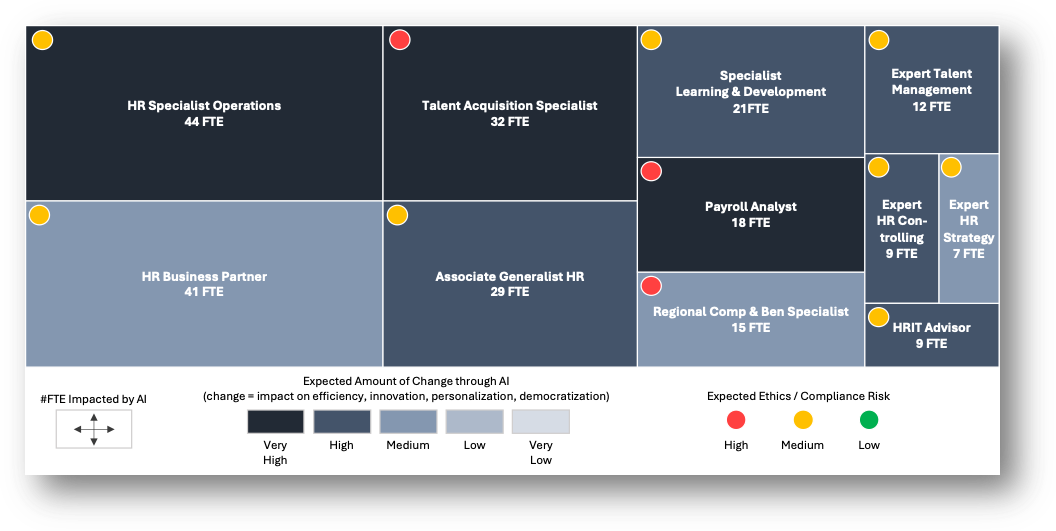
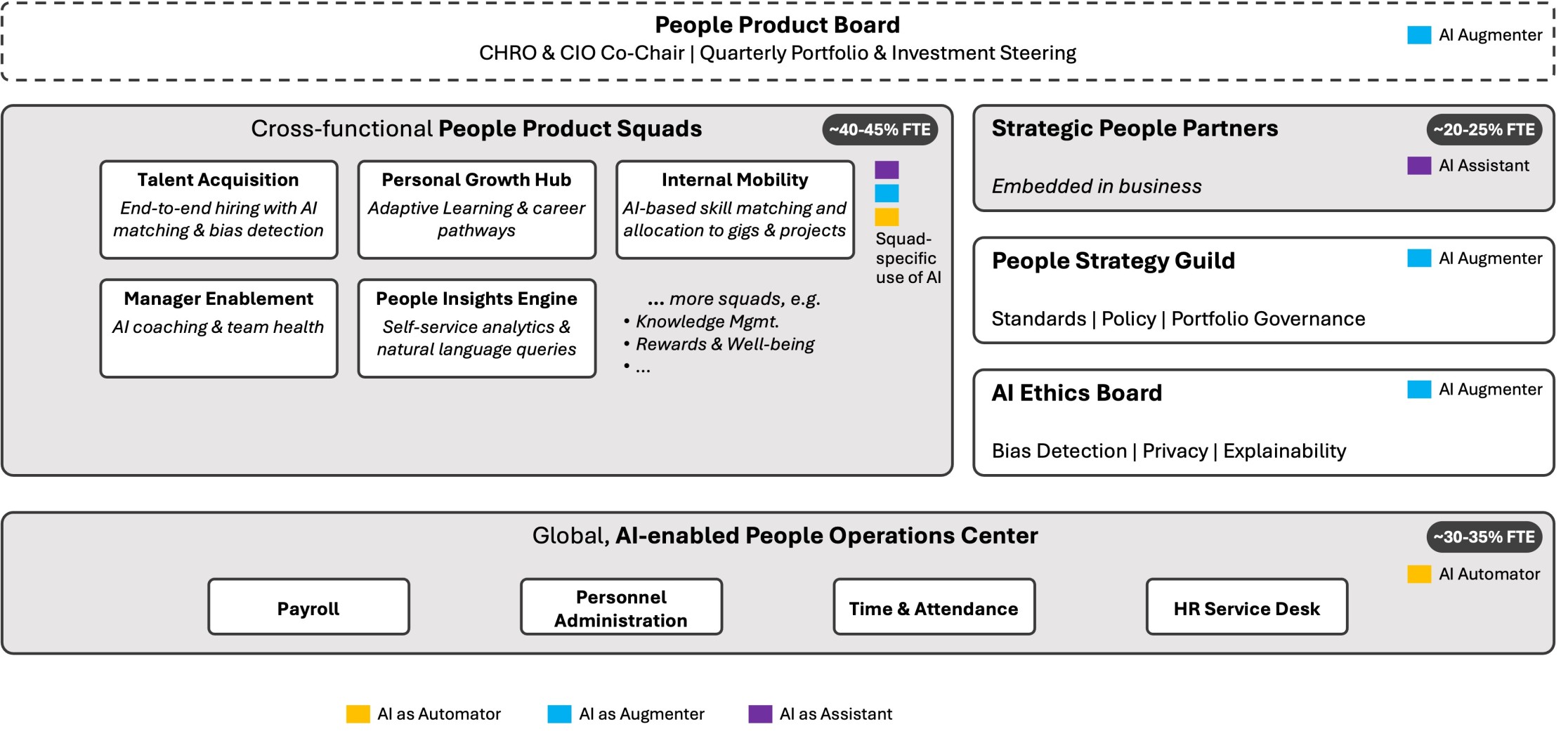

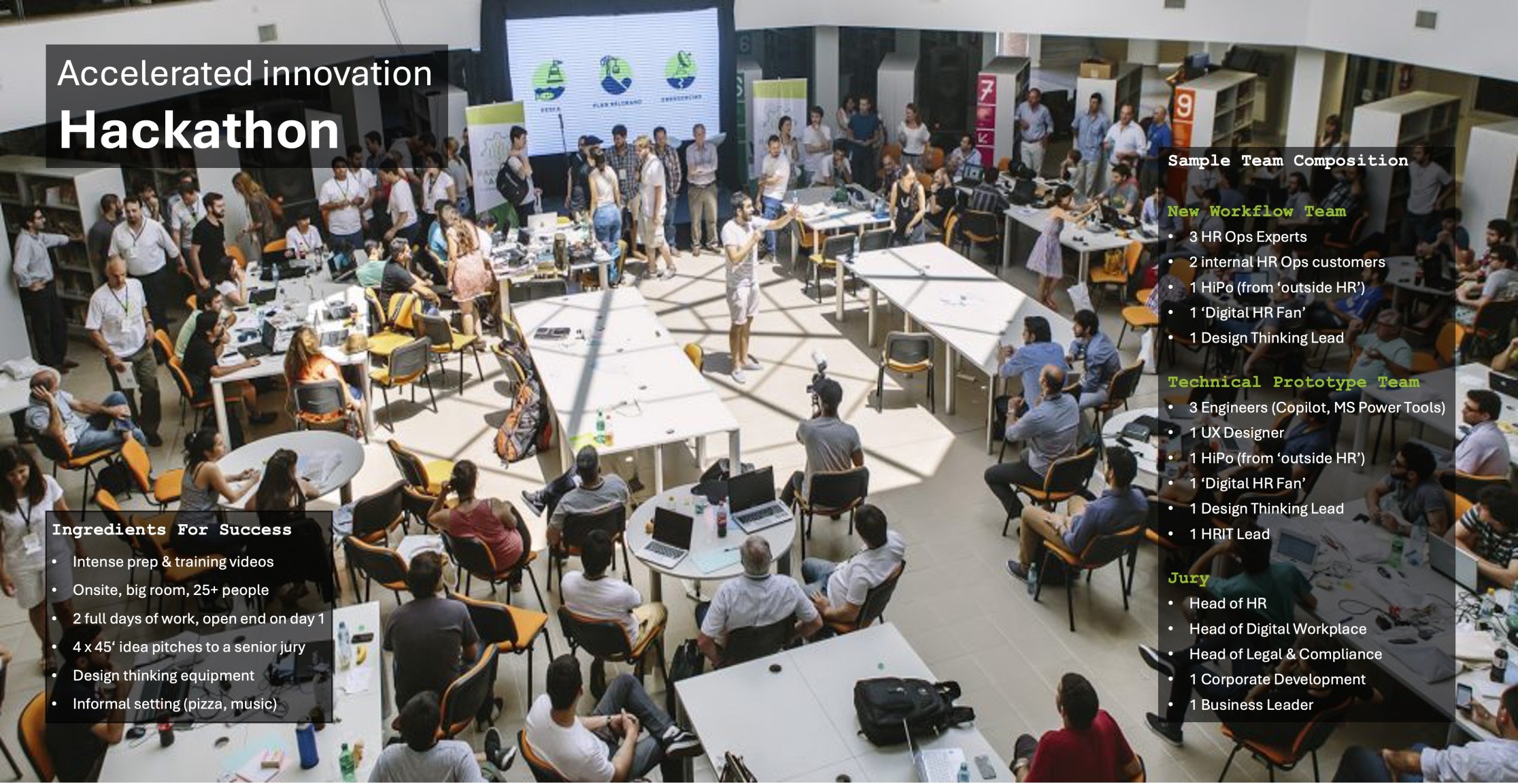
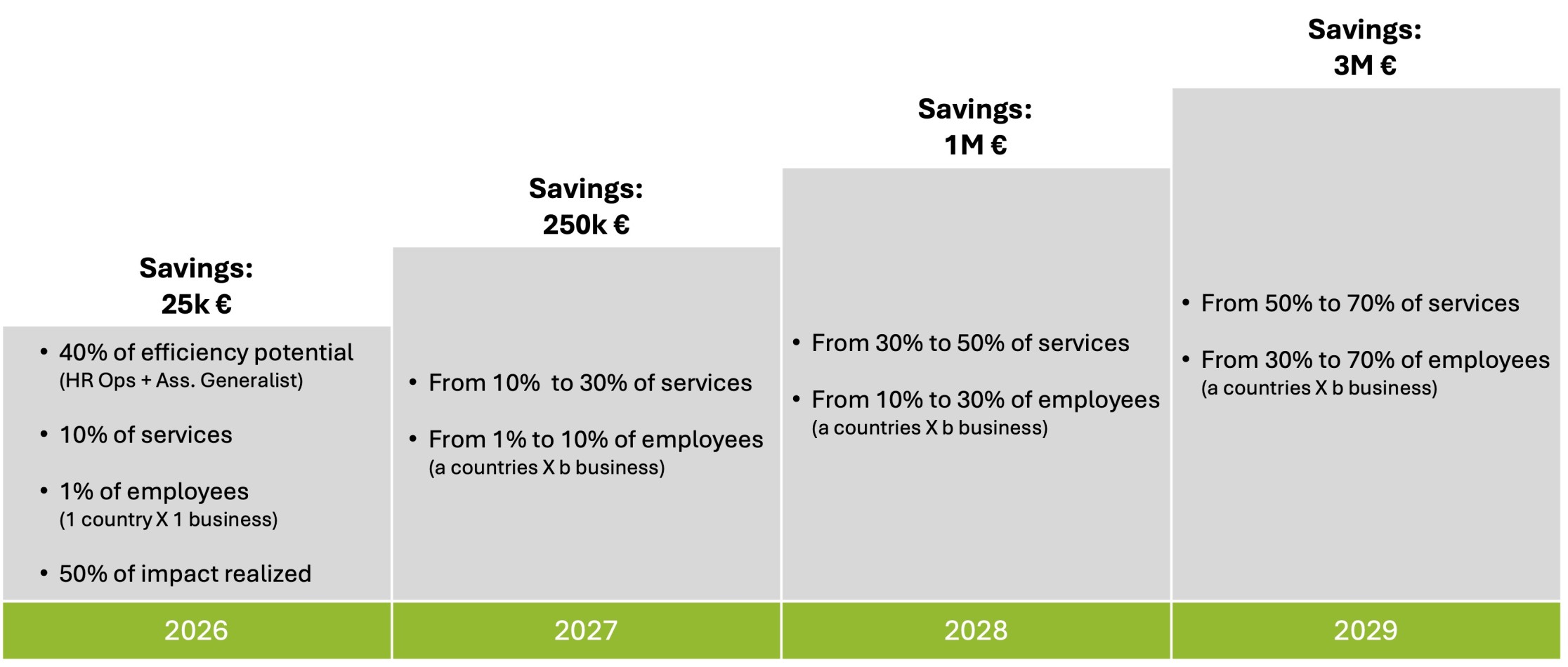

.png)

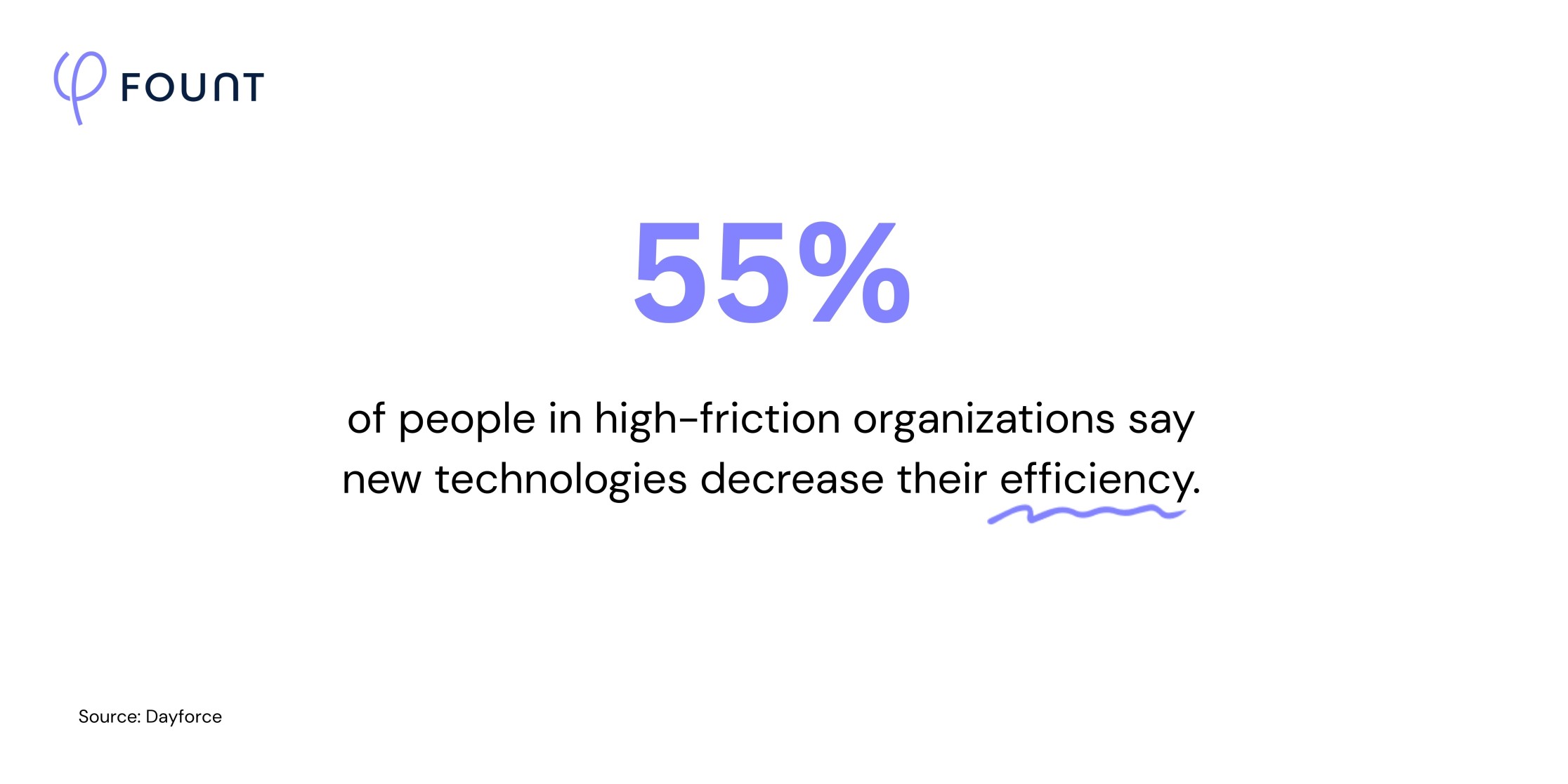


.svg)
.svg)